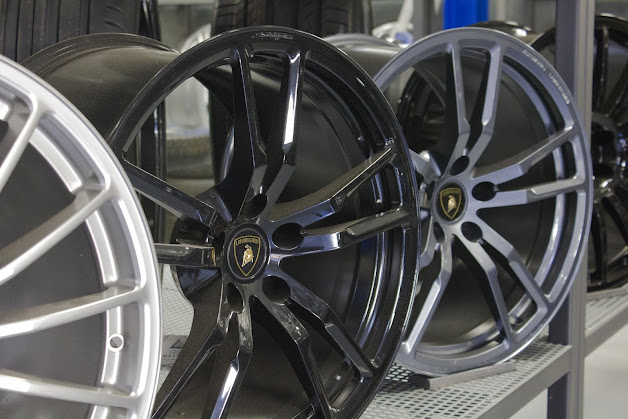Basics of Alloy Welding Repair
Alloy welding repair is a specialized welding process that is used to repair or strengthen alloys. This process requires specialized welding equipment, as alloys are typically harder to weld than regular ferrous or non-ferrous metals. In addition, alloy welds must be performed with precision and accuracy to ensure the integrity of the weld and the alloy itself.
Alloy Welding Repair Preston is often used in the automotive, aerospace and construction industries, as alloys are often used in these industries due to their strength and durability. Alloy welds can be used to repair cracks, fractures and other damage to an alloy component. The process begins with the preparation of the alloy surface. This includes grinding, sanding and other processes to create a clean, smooth surface.
Once the surface is prepared, the next step is to select the correct filler material. This is important, as the filler material must be able to properly bond with the alloy.
Types of Alloy Welding:
Welding is a process of joining two materials, usually metals or thermoplastics, by using heat, pressure, or both. Alloy welding is a specialized type of welding that is used to join two pieces of metal alloys together. Alloy welding is a complex and delicate process, as different alloys require different welding techniques, and an inexperienced welder could damage the material or leave behind weak spots that could compromise the structure of the alloy.
In this blog post, we will take a closer look at the different types of alloy welding, their advantages and disadvantages, and their best applications. We’ll also discuss the importance of properly preparing the weld area, as well as the necessary safety precautions that should be taken when working with alloys.
The most common types of alloy welding include gas tungsten arc welding (GTAW), gas metal arc welding (GMAW), and shielded metal arc welding (SMAW).
Welding equipment:
Welding equipment is a key tool for any metalworker looking to create durable, long-lasting projects. While many of us may think of welding as something that only professionals do, the truth is that anyone can learn the basics and begin using welding equipment to create amazing projects.
Welding equipment is composed of several key components, such as a welding torch, electrode rods, and safety gear. The welding torch is the handheld tool used to heat and melt the material to join two pieces together. The electrode rods are the consumable rods that are inserted in to the torch and used to create the arc. When the arc is created, the heat generated melts the two materials together to form a strong bond. Safety gear is also important when welding, such as welding gloves and face shields.
In addition to the equipment itself, welding also requires prior knowledge and understanding of the process.
Safety:
The process of welding generates intense heat, sparks, and fumes that can cause serious injury if proper safety precautions and equipment are not used. It is essential that welders and others working in the vicinity of a welding area understand the hazards associated with the process and take all necessary steps to protect themselves and others from harm.
Safety begins before the welding process begins. A thorough inspection of the welding area should be conducted to ensure that it is free from flammable materials, combustible gases, and other hazards. All combustible materials, including clothing, should be removed from the area and any protective equipment, such as goggles and gloves, should be worn. Additionally, all electrical wiring should be properly grounded, and the welding machine should be tested prior to use.
When welding, it is important to maintain a safe distance from the welding arc.
Welding techniques:
Welding is a process used to join two or more pieces of metal together through the use of heat and pressure. It is a widely used method of fabrication in many industries, from automotive to aerospace. Welding is a complex process, and there are many different techniques that can be used to achieve the desired result.
One of the oldest and most popular types of welding is oxy-acetylene welding. This method uses a combination of oxygen and acetylene gas to generate a high-heat flame that can be used to melt the metal, allowing it to be joined together. This technique is relatively easy to learn and has many advantages, such as being able to weld in remote or difficult to reach areas.
MIG/MAG welding is another popular welding technique. This method uses a continuous wire electrode and an electric arc to create a strong weld.
How to Repair Alloy Welding:
Welding is a process in which two metal pieces are joined together by melting them together, creating a strong bond. Alloy welding is a specialized type of welding that uses a combination of metals, including aluminum, titanium, and stainless steel, to create a strong bond. Alloy welding requires an understanding of the properties of the metals being used, as well as the techniques used to join them together.
One of the most important tips for Alloy Welding Repair Preston is to make sure to use the correct type of alloy for the job. Different metals have different melting points and require different techniques for welding. If the wrong type of alloy is used, the weld may not be strong and could even fail. It is also important to make sure that the welds are properly prepped prior to welding. This includes cleaning the surfaces of the metals as well as preparing any gaps that need to be filled.

Comments
Post a Comment